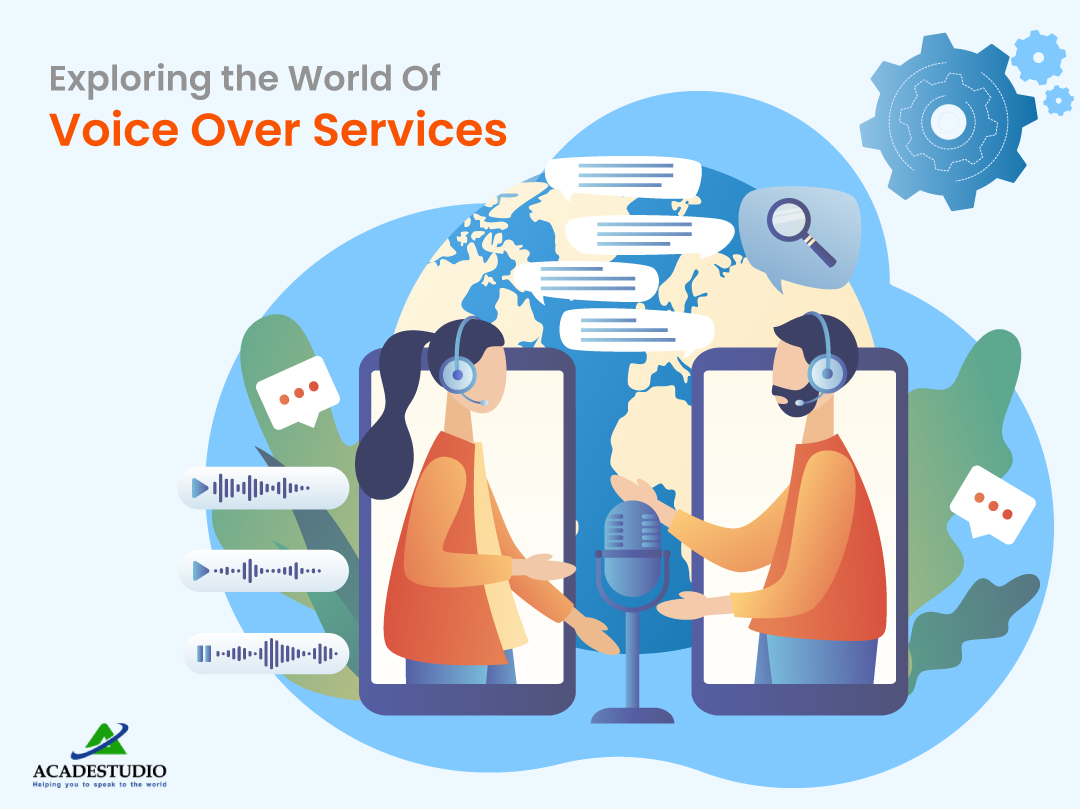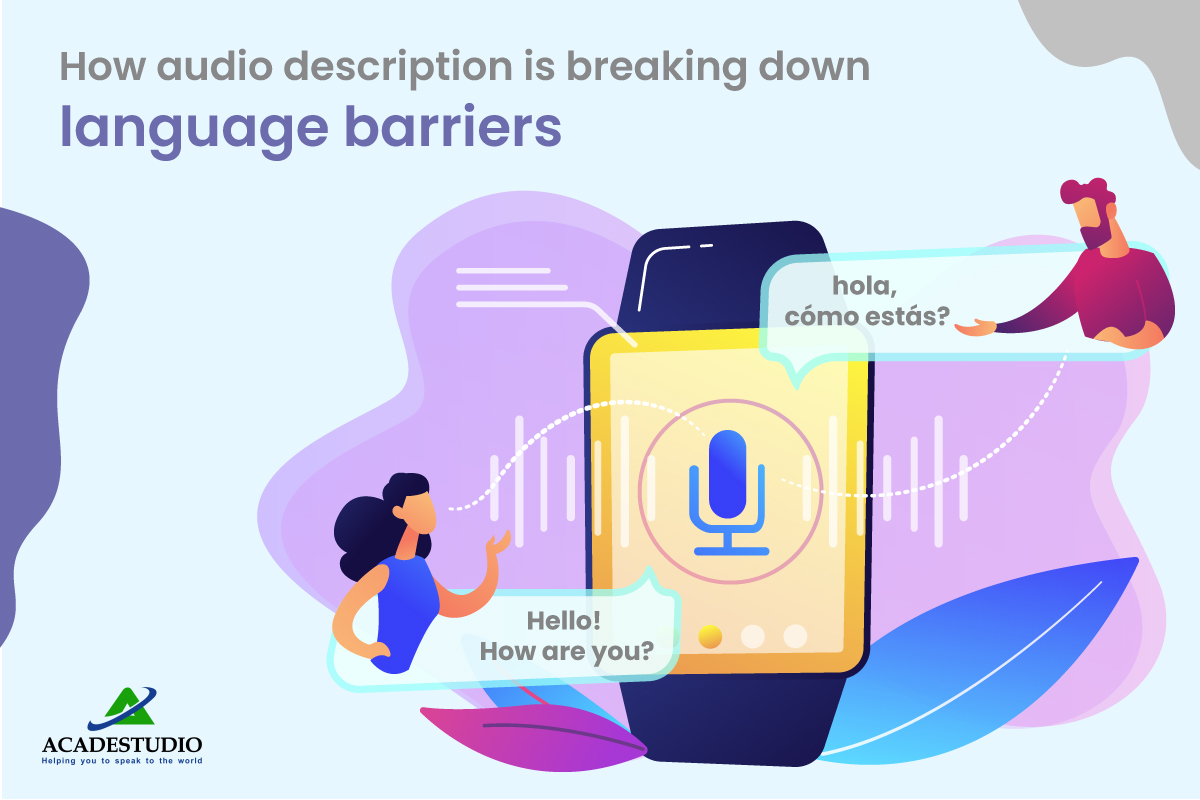In today's globalized
world, ensuring Translation Quality is
paramount. To help you excel, our latest blog post highlights six essential
assets. As you keep reading, you'll learn how important it is for accurate
translations to use these valuable tools. We'll also talk about how these
things help people who speak different languages communicate well. So, without
further ado, let's dive into the six most important assets to ensure quality
translation and watch your multilingual projects soar to new heights.
Six Important Assets to
Ensure Translation Quality
Undoubtedly, translation
quality holds paramount importance in today's globalized world. To achieve
this, certain assets are essential. This section briefly outlines six key
factors contributing to top-notch translations. By examining these crucial
elements, readers will gain valuable insights into achieving superior-quality
translation. Users can avail of quality assurance by getting the perfect Translation Services. Stay tuned as we delve deeper into these vital assets,
ensuring success.
1. Skilled Translators
Skilled translators are
pivotal in ensuring translation quality, as their expertise greatly influences
project success. Their native language proficiency guarantees linguistic
accuracy, contributing to top-notch translations. Additionally, their cultural
understanding enables them to produce contextually relevant content that
resonates with global audiences. Furthermore, these linguistic experts adeptly
navigate language nuances, preserving the source material's intent and tone.
Ultimately, the exceptional abilities of skilled translators make them
indispensable assets in delivering superior-quality translations.
Key Points:
- Specialization in diverse fields ensures precision in domain-specific terminology.
- Expertise in various formats, such as legal, medical, or technical, improves the quality of translation.
- The ability to work with CAT tools enhances efficiency and consistency.
- Adherence to style guides and glossaries maintains uniformity across projects.
- Effective communication with clients to clarify doubts and gather feedback.
- Continuous training to stay abreast of industry advancements and linguistic evolution.
- Strict quality assurance processes, including editing and proofreading, to ensure error-free translations.
2. Continuous Professional Development
Continuous professional
development (CPD) is crucial for ensuring translation quality, fostering
translators' growth. By engaging in CPD activities, translators expand their
expertise, keeping pace with industry changes. Moreover, they stay updated with
linguistic developments, enhancing their proficiency in multiple languages.
Consequently, this commitment to ongoing learning allows them to produce
accurate, culturally relevant translations, ultimately boosting quality.
Key Points:
- Regular participation in workshops, conferences, and seminars for knowledge sharing and networking.
- In addition, nursing certification courses validate skills and gain recognition in the industry.
- Moreover, staying informed about the latest translation technology and tools for improved efficiency.
- Active involvement in professional associations to exchange insights and best practices.
- Self-directed learning through online resources, articles, and podcasts to broaden domain expertise.
- Peer collaboration and mentorship for continuous skill enhancement and feedback.
- Periodic self-assessment to identify improvement areas and set professional growth goals.
3. Client Feedback Integration
Client feedback
integration is vital in ensuring translation quality, as it addresses specific
needs and preferences. By actively incorporating feedback, translators can
refine their work, enhancing accuracy and relevance. Furthermore, this open
communication fosters strong client relationships, leading to long-term
collaboration and trust. Integrating client feedback allows translation
professionals to deliver tailored, high-quality content, elevating translation
services.
Key Points:
- Establishing effective channels for client feedback and communication.
- Additionally, systematically reviewing and implementing feedback to improve quality.
- Adapting to client preferences for style, tone, and terminology.
- Learning from constructive criticism for continuous skill enhancement.
- Moreover, it encourages open dialogue to clarify doubts and ensure accurate content.
- Monitoring client satisfaction levels to measure quality and performance.
- Furthermore, utilizing feedback to identify areas of improvement in workflows and processes.
4. Style Guide Implementation
Style guide
implementation is an essential asset for translation quality, as it establishes
linguistic standards. By adhering to these guidelines, translators maintain
uniformity and consistency across projects. Moreover, style guides tailored to
specific industries and clients cater to unique preferences, ensuring
customized translations. Eventually, implementing style guides contributes to
delivering high-quality, professional translations that meet client
expectations.
Key Points:
- Developing comprehensive style guides for various sectors and client requirements.
- Additionally, ensuring familiarity with client-specific guidelines to maintain uniformity in translations.
- Incorporating industry-specific language conventions for credibility and accuracy.
- Factoring in cultural nuances and localized expressions to enhance content relevance.
- Moreover, style guides are regularly updated to reflect evolving language trends and client feedback.
- In addition, training translators to follow established guidelines promotes consistency and quality.
- Auditing translations for compliance with style guides during the quality assurance process.
5. Collaborative Environment
A collaborative environment
is crucial for ensuring translation quality, fostering open communication and
teamwork. By encouraging collaboration, translation professionals can exchange
ideas, solve problems, and share expertise. Therefore, this collective effort
streamlines workflows enhances translation outcomes and elevates overall
service quality. Ultimately, a collaborative atmosphere drives success and
fosters continuous improvement in translation projects.
Key Points:
- Facilitating regular communication among translators, editors, and project managers.
- Moreover, implementing project management tools to centralize information and track progress.
- Encouraging peer review and feedback to improve translation accuracy and consistency.
- Promoting knowledge sharing and best practices across teams for skill enhancement.
- In addition, nurturing a supportive culture that values diverse perspectives and innovation.
- Recognizing individual contributions and celebrating team achievements to boost morale.
- Embracing technology to enable seamless collaboration, regardless of geographical boundaries.
6. Quality Metrics Evaluation
Evaluating quality
metrics is vital for ensuring translation quality, as it drives data-driven
improvements. By regularly assessing these metrics, translation professionals
can identify areas of weakness and implement corrective measures. Consequently,
this process fosters a culture of continuous improvement, elevating the quality
of translation services. Yet, quality metrics evaluation paves the way for
consistent, accurate, and reliable translations that satisfy client needs.
Key Points:
- Establishing clear, measurable quality metrics to gauge translation performance.
- Additionally, conducting regular quality audits to assess adherence to established standards.
- Identifying trends and patterns in errors to address systemic issues.
- Leveraging technology and analytics tools for precise, objective evaluations.
- Moreover, it encourages feedback loops for ongoing improvement and learning.
- Setting benchmarks and goals to promote a culture of excellence.
- Furthermore, utilizing metric insights to optimize workflows, processes, and resource allocation.
Wrapping Up
The pursuit of translation quality is an
intricate process involving numerous essential elements. By emphasizing these
vital components, translation professionals can craft accurate, culturally
pertinent, engaging content that effectively bridges language gaps and promotes
worldwide communication. Focusing on these critical aspects enhances the
quality of translations and fosters client satisfaction and trust, laying the
foundation for long-term success within the translation industry. Remember, the
right combination of resources and practices can make all the difference in
achieving and maintaining high translation standards.












- From Mobile - 11 min ago
Bring to the table win-win survival strategies to ensure proactive domination. At the end of the day, going forward, a new normal that has evolved from generation X is on the runway heading towards a streamlined cloud solution.
- From Mobile - 7 min ago
Capitalize on low hanging fruit to identify a ballpark value added activity to beta test. Override the digital divide with additional clickthroughs from DevOps. Nanotechnology immersion along the information highway
- From Web - 2 min ago
A new normal that has evolved from generation X is on the runway
- From Mobile - 11 min ago
Capitalize on low hanging fruit to identify a ballpark value added
- From Web - 2 min ago
Real-time will have multiple touchpoints for offshoring.